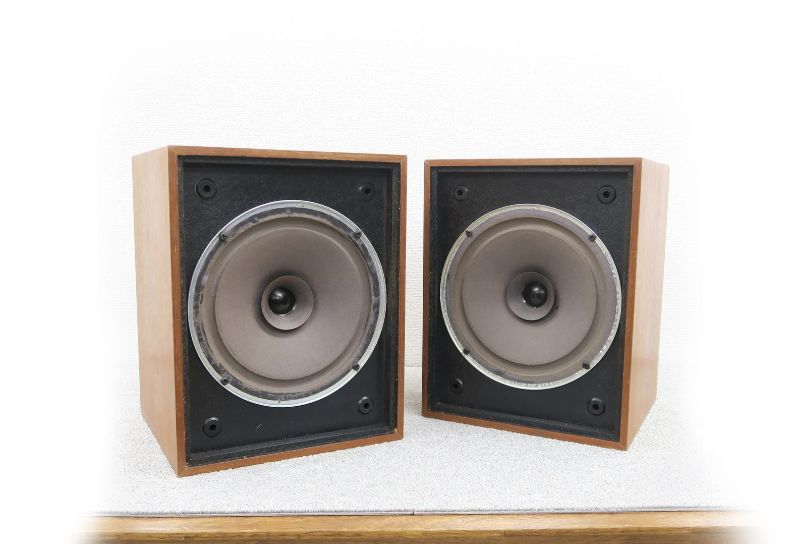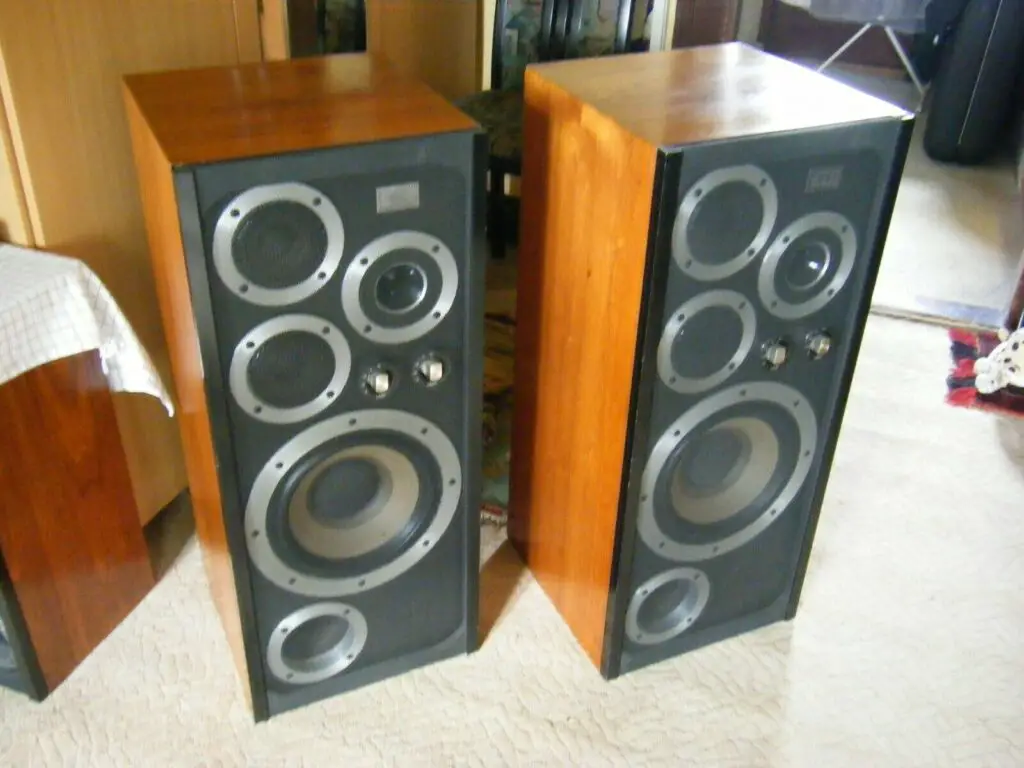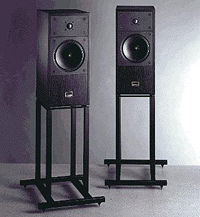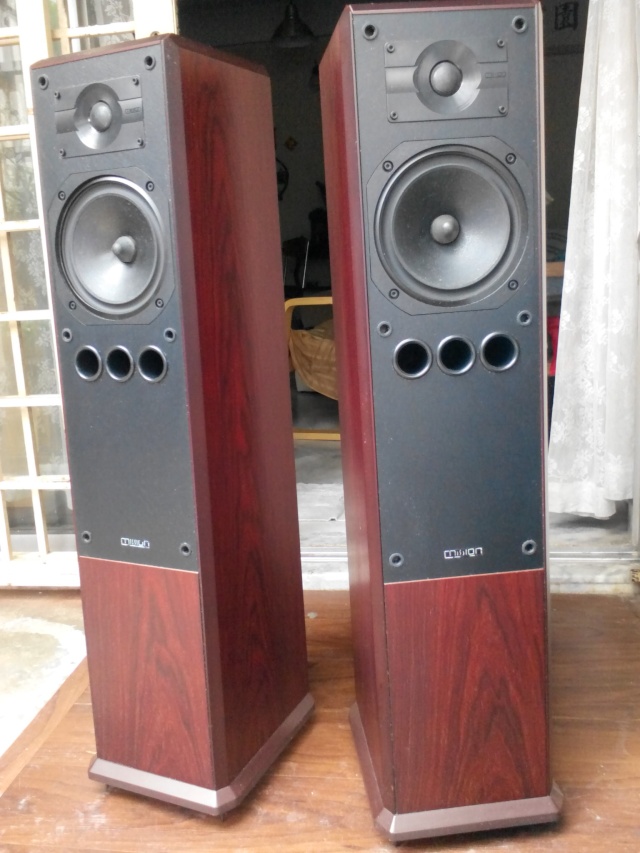Armar G Bose concluded that current loudspeakers simply didn’t offer when he created this really unusual gadget. He was fascinated by sound propagation and an outspoken supporter of spatiality in sound, but he considered most of the designs on the market were excessively directional. He thought a ‘pulsating sphere’ was the ideal shape for producing sound, but he realized that this was not a feasible residential solution.
The result was the Bose 901 Direct/Reflecting loudspeaker. It was a completely different design when it was introduced in 1968. There were nine drive units in all, all of which pointed backwards save one. No crossovers were utilized, contrary to popular belief at the time (and still today) — not least because of the resulting phase distortion, which jeopardizes time-domain accuracy. The goal was to create a single sound mix that included both direct and reflected sound.
The design included a number of intriguing features. There was plenty of dynamic headroom, and no impression of the sound being pushed through a toothpaste tube, thanks to an array of under-stressed drive units. As a result, there was relatively little distortion and reasonable low-frequency articulation. However, because there were no custom tweeters installed, the high frequencies sounded sunken, and the narrow diameter of the multiple drivers limited deep bass handling.
The idea was to make them partially active by using an electronic equalizer that employed the tape monitor loop of an integrated amplifier or preamplifier to increase the low and high frequencies. They operated, but only when there was sufficient electricity available. With nine voice coils to heat, the Bose required a lot of power, which was scarce at the time. As a result, the original 901s sounded spacious, broad, and detailed – but only if you had the amp to drive them, which not everyone had! Fortunately for the 901, the course of history was on its side. First, power amplifiers became more muscular, as well as more affordable. At the same time, Bose improved the 901 to address its flaws. The 901/III’s Helical Voice Coil was a game-changer, being significantly more responsive than previous 901 drivers.
While technology advanced to assist the 901, fashion remained stagnant. By this time, stereo was all the rage, and purchasers preferred speakers with pinpoint imaging rather than a ‘wall of sound.’ The 901 would have been fantastic back when a speaker’s sole purpose was to fill a room with music, but by the late 1970s, it was intended to be following Phil Collins pan rolls across the speakers from left to right. The problem was that the huge Bose wasn’t precise enough; its entire purpose was to radiate sound rather than beam it from a single point.
Bose 901s are still fascinating speakers today, and because to the abundance of good, inexpensive transistor amplifiers, they’re even easy to use than before. On the other hand, people’s houses are getting smaller, which isn’t good. If you have a large and generally symmetrical listening area and want a more ambient listening experience rather than a forensic, analytical one, you could enjoy them. They have a sound that is unlike anything other, with a tremendous sense of coherence, seamlessness, and expansiveness. Despite this, you get a very upfront and direct sound due to the lack of crossovers and the fact that they’re practically an array of midrange drivers.
The latest iteration, now in its sixth generation and selling for £1,799, boasts over 350 cosmetic and acoustic enhancements over the originals. The 901 may have had one of the longest lifespans of any loudspeaker ever made. People like it and believe it offers something special, therefore it continues to sell. While some audiophiles may be wary of the Bose name, this is something that should not be disregarded.







